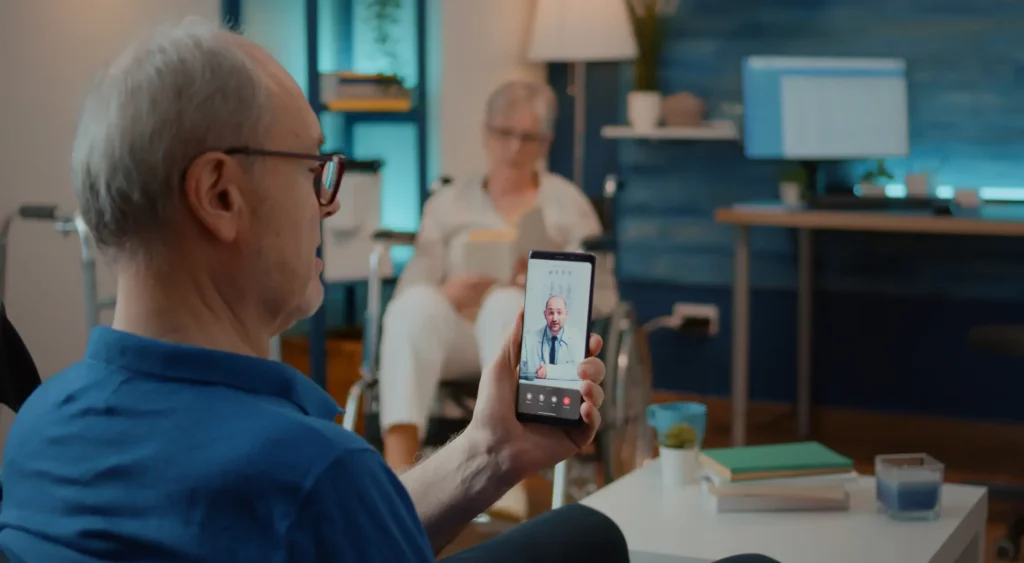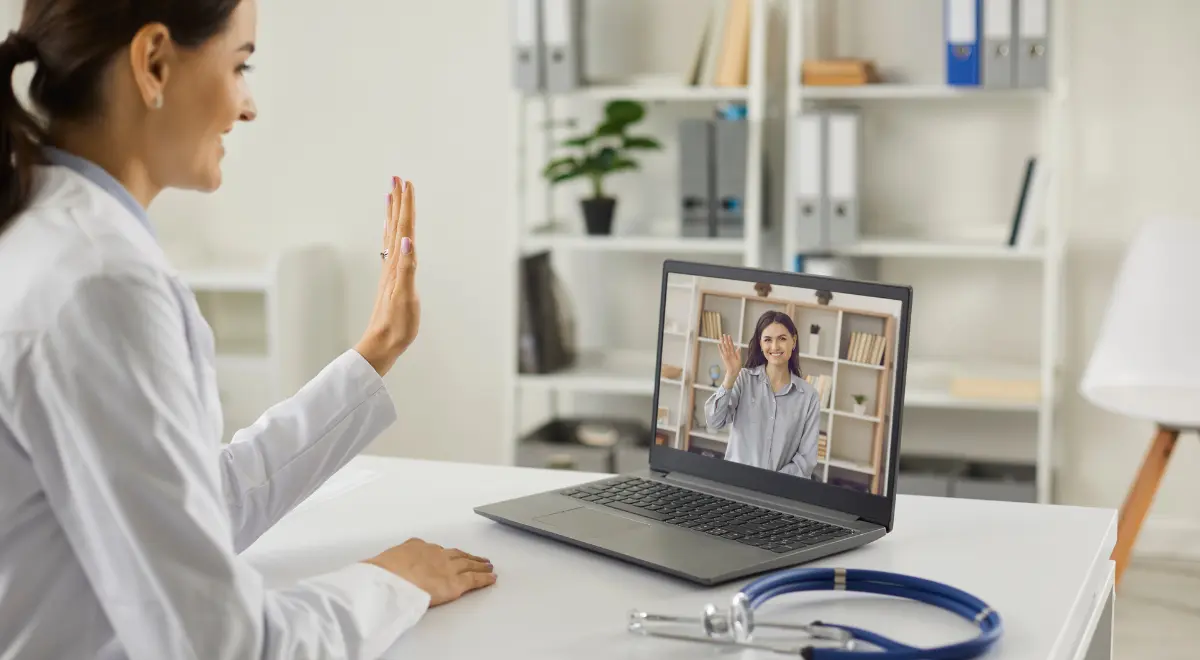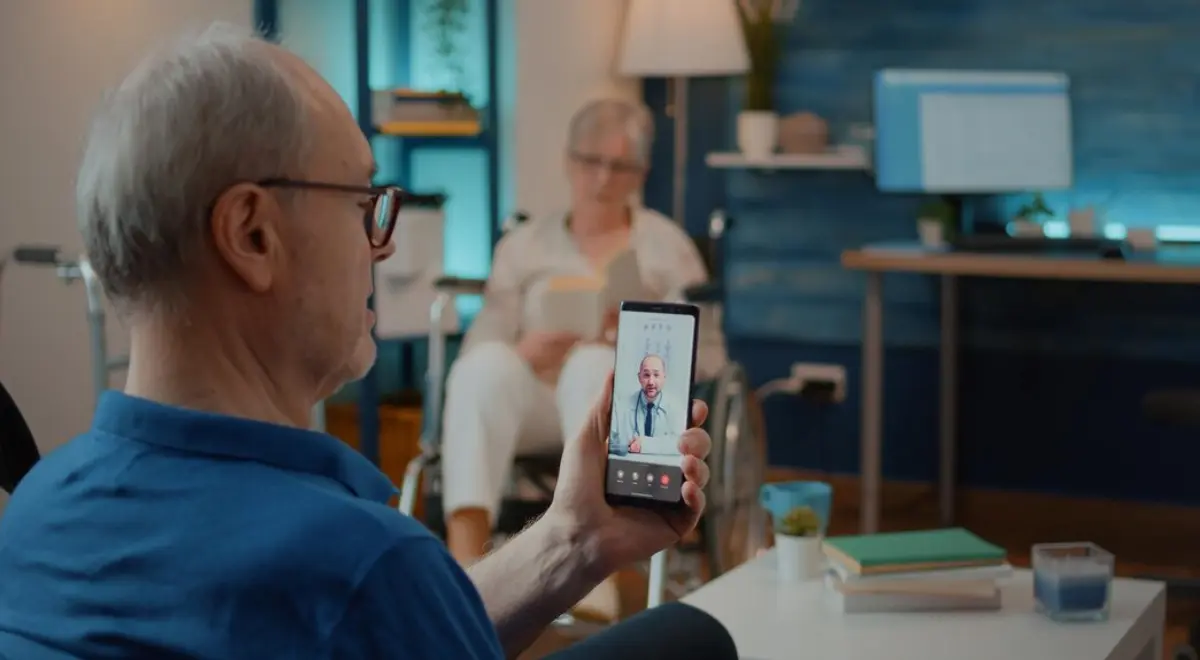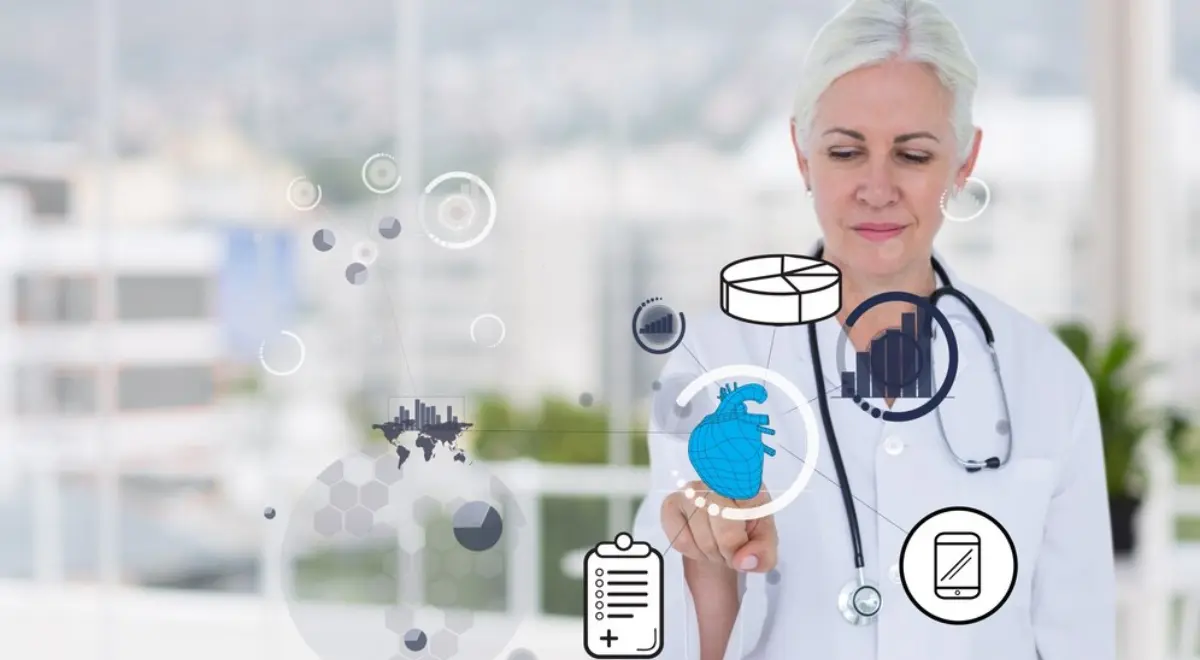The Role of Telehealth Technologies in Remote Patient Monitoring (RPM)

Have you ever faced the challenge of wanting to monitor a patient’s health in real-time but being constrained by distance or their inability to visit regularly?
In an era where immediate medical intervention can drastically alter outcomes, isn’t there a pressing need for a solution that seamlessly bridges the gap, regardless of physical barriers? The innovative answer to this age-old dilemma is Telehealth and Remote Patient Monitoring (RPM).
These digital health platforms aren’t just about convenience; they’re about ensuring every individual can access expert, immediate care regardless of location.
Table of Contents
ToggleTelehealth Technologies: Pioneering the Future of Patient Care
In the intricate world of telemedicine in healthcare, expertise is paramount. Telehealth and Remote Patient Monitoring programs have emerged as a beacon of this expertise, offering solutions that reshape how virtual care is delivered.
Remote Patient Monitoring (RPM), a cornerstone of RPM telehealth, exemplifies this expertise. But what sets a leading RPM platform apart in an environment that demands proficiency and innovation?
- Evidence-based Precision
Drawing from years of clinical research and real-world applications, top-tier RPM telehealth platforms provide real-time data, enabling informed and timely interventions. This is not just technology; it’s technology backed by evidence and expertise.
- Authoritative User-centric Design
The confluence of telehealth and telemedicine represents the collective wisdom of healthcare professionals worldwide. An optimal RPM system, designed with an intuitive interface, is a testament to this global collaboration and authoritative insight.
- Trustworthiness and Data Security
In the digital realm of telemedicine in healthcare, trust is earned. A robust RPM platform with stringent data security protocols ensures that patient data remains confidential, safeguarded, and trustworthy.
- Seamless Integration with a Stamp of Authority
Having the ability to integrate with different Electronic Health Record (EHR) systems is not just a simple feature; it’s a mark of authority. It signifies a platform’s capability to fit into the established healthcare ecosystem seamlessly.
- Commitment to Advancement and Trust
Trust is built on consistency and the promise of betterment. An RPM platform that continually evolves, rooted in research and forward-thinking, earns this trust by promising and delivering better healthcare outcomes.
Major Benefits of Telehealth in RPM
New legislative measures have extended several Medicare telehealth provisions, initially established during the COVID-19 health crisis, until the end of December 2024.
This includes Federally Qualified Health Centers (FQHCs) and Rural Health Clinics (RHCs) serving as distant site providers for both behavioral/mental and non-behavioral/mental telehealth services. Additionally, there are no geographic restrictions for originating sites for these services, and some can even be delivered using audio-only communication platforms.
This move, which allows for broader access to telehealth services, especially in rural areas, highlights the significant advantages of remote patient monitoring telehealth for doctors and caregivers.
- Precision and Real-time Data
Expertise in medicine is often about having the right information at the right time. With telehealth and telemedicine, doctors and caregivers can access real-time data, ensuring that medical decisions are timely and informed. This level of precision can be the difference between routine care and an emergency.
- Proactive Care
RPM telehealth’s authoritativeness lies in its ability to provide continuous monitoring. For caregivers, especially, the ability to monitor conditions like diabetes or heart disease in real time means potential issues can be flagged immediately. This proactive approach ensures that patients receive timely interventions, reducing complications.
- Empowering Patients
Trust is a cornerstone of the doctor-patient relationship. When patients are equipped with RPM tools, it fosters trust as they recognize the commitment of their healthcare providers to their well-being. This empowerment allows patients to participate actively in their care, fostering a collaborative and trust-filled relationship with their doctors and caregivers.
- Healthcare Efficiency
In the fast-paced world of telemedicine in healthcare, efficiency can lead to better patient outcomes. The ability to observe and consult with patients remotely not only saves time but also ensures that care is consistent and uninterrupted.
Challenges and Future Directions in Telehealth and Telemedicine
While the potential of telehealth and RPM is undeniable, the journey has its hurdles. Data privacy concerns, technological disparities among patients, and regulatory challenges are some of the pressing issues faced by the industry.
However, the horizon looks promising with the rapid advancements in telehealth technologies.
Initiatives like those offered by forefront RPM telehealth platforms set the tone for the future. These platforms amalgamate the procurement and management of medical devices, intelligent clinical software, and specialized clinical teams to deliver a holistic virtual healthcare experience.
Such integrations are particularly pivotal for managing chronic diseases, offering AI-powered clinical pathways, and streamlining communication and billing processes using telemedicine in healthcare.
The trajectory is clear: a shift towards more personalized care, harnessing predictive analytics and ensuring broader accessibility. Staying updated with these technologies and platforms will be paramount for doctors and caregivers.
Embracing platforms that provide unified care solutions and comprehensive device management, much like the innovations seen in remote patient monitoring telehealth, will be instrumental in navigating the challenges and maximizing the benefits of telehealth.
Advancing Healthcare with HealthArc’s RPM Innovations
The integration of telehealth and RPM signifies a transformative shift in healthcare, offering unparalleled patient care and operational efficiency advantages.
As we adapt to the evolving challenges of the digital age, solutions like those provided by HealthArc stand out. Please request a free demo to learn about how we can help your organization achieve its telehealth goals in the long run.
For a deeper insight into the next generation of RPM and how it can elevate your practice, explore our comprehensive digital and technology solutions.
Most recent blogs
Categories
- Behavioral Health Integration
- Cellular Remote Patient Monitoring
- Chronic Care Management
- Chronic Care Management Billing
- Chronic Care Management CPT Codes
- Chronic Care Management Program
- Chronic Care Management Software
- Digital Health Platform
- Principal Care Management
- Principal Care Management CPT Codes
- Remote Monitoring Devices
- Remote Patient Care
- Remote Patient Monitoring
- Remote Patient Monitoring Billing
- Remote Patient Monitoring CPT Codes
- Remote Patient Monitoring Devices
- Remote Patient Software
- Remote Therapeutic Monitoring
- Remote Therapeutic Monitoring Billing
- Remote Therapeutic Monitoring CPT Codes
- Telemedicine & RPM
- Transitional Care Management
- Transitional Care Management Billing
- Transitional Care Management CPT Codes
Related Posts
- July 23, 2024 | Read Time: 8 mins
HealthArc Vs. Prevounce: Which One To Choose?
- July 4, 2024 | Read Time: 6 mins
Remote Patient Monitoring for Alzheimer’s
- June 21, 2024 | Read Time: 5 mins






